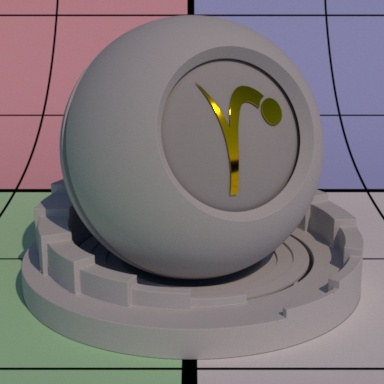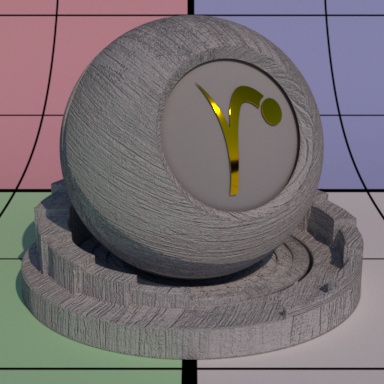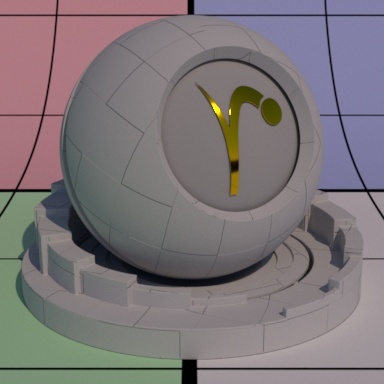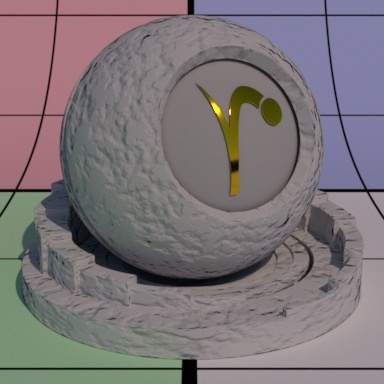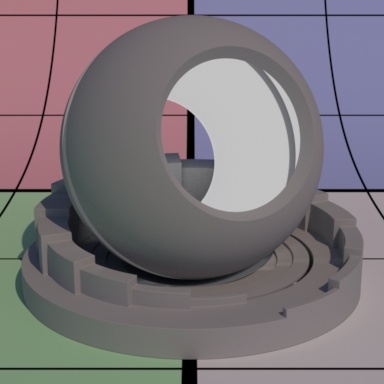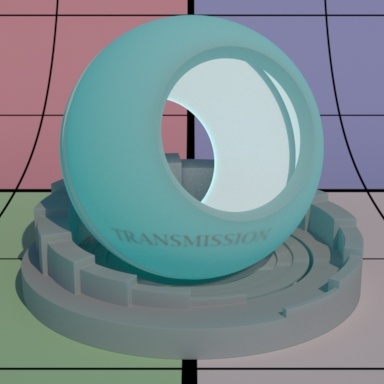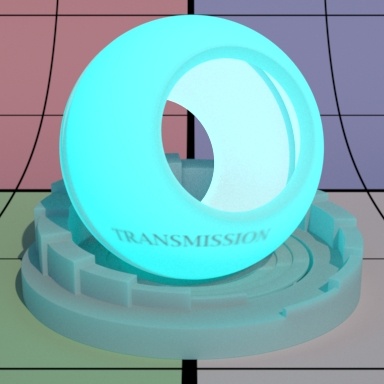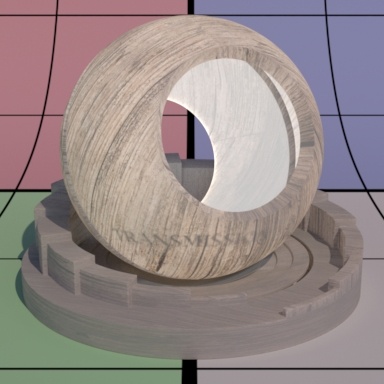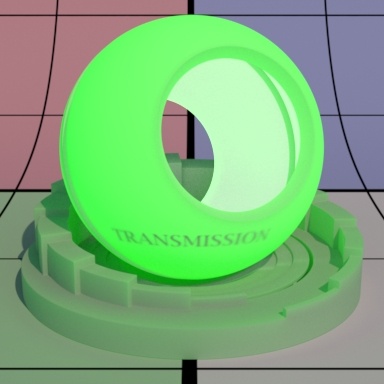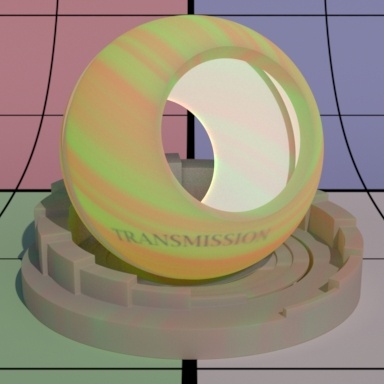...
Diffuse exponent controls the diffuse falloff. It is a power exponent. Higher number gives us sharper falloff. For example, on the moon surface, you can set a high exponent to produce a sharper falloff.
| Note |
|---|
Diffuse exponent only applies to the Lambertian diffuse, that is, when roughness is 0.0. Combining diffuse exponent with Oren Nayar roughness does not make sense so it will be ignored when roughness is > 0.0. |
...
Bump mapping is a great way to fake the appearance of physical detail using shading instead. If this is not set, it will use the global bump normal specified in the Properties section near the bottom of this page.
Double Sided
If on, illuminate both sides of the surface for this diffuse lobe, that is, this will illuminate the surface whose normal is pointing away from the camera (2-dimensional objects) as well. This is so the backface will be shaded instead of black. This is off by default.
...
This only applies when Double Sided is on. Instead of using the Diffuse Gain for controlling the intensity of the diffuse transmission, we use the Transmit Gain. If it's 0.0, then the effect is off. Below the Transmit Color is bright blue.
Transmit Color
This only applies when Double Sided is on. This sets the transmit color which could be different than the diffuse or back color. This is ignored if Transmit Gain is zero. This effect is useful for thin objects like leaves or paper. Below there's a light placed in the interior of the object and some interior text can be seen as light transmits through the surface.

